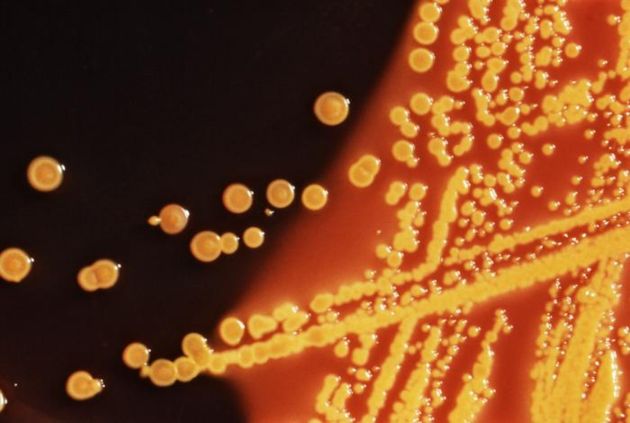Deadly Bugs Survive for Weeks in Hospitals

The bug that causes potentially deadly staph infections in hospitals can survive for weeks on a bed sheet or a computer keyboard, a new study finds.
Staph is the most common hospital-born infection in the United States. Consequences range from mild discomfort to death.
Particularly vexing is the bacteria methicillin-resistant Staphylococcus aureus (MRSA), which can cause conditions ranging from mild skin infections to serious surgical wound infections, pneumonia or blood infections.
The bacterium is one of several emerging "superbugs" that are increasingly difficult to control with conventional drugs because they've evolved a resistance to antibiotics. Recent studies have shown MRSA is cropping up outside hospitals at an increasing rate.
"The potential of MRSA to be transferred from person to person, in large part, depends on its ability to survive on environmental surfaces," said Kris Owens of Ecolab, Inc. in Mendota Heights, Minnesota.
In the study, two strains of MRSA were placed on various types of surfaces. The researchers found detectable levels of the organism on acrylic fingernails after eight weeks, on computer keyboard covers after six weeks, and on bed linen after vive days.
The research was presented today at the 105th General Meeting of the American Society for Microbiology.
Sign up for the Live Science daily newsletter now
Get the world’s most fascinating discoveries delivered straight to your inbox.
"The results of this study clearly demonstrate the need for frequent hand washing and environmental disinfection in health care settings," Owens said.
Related Stories
- The Dirty Truth about Washing Your Hands
- Rise of Deadly Superbugs should 'Raise Red Flags' Everywhere
- Seaweed: Possible New Weapon Against Germs










